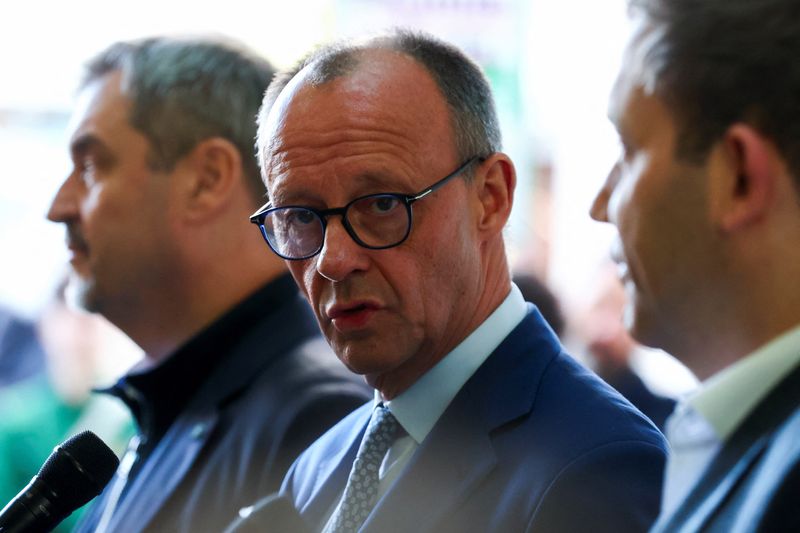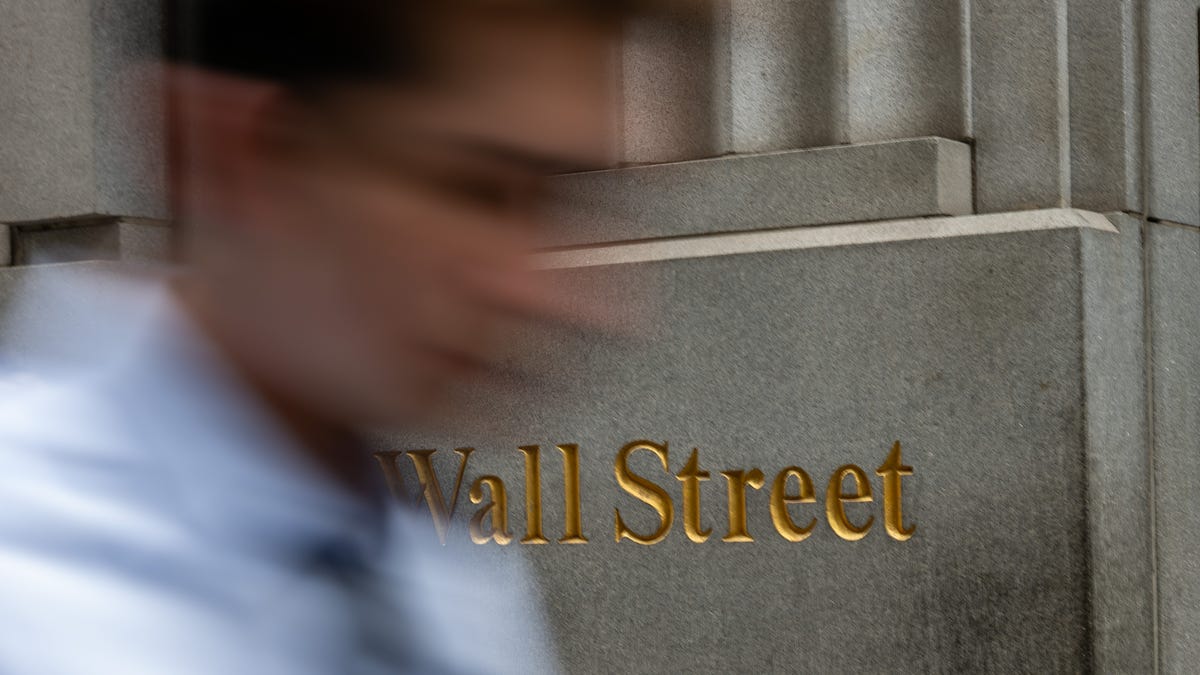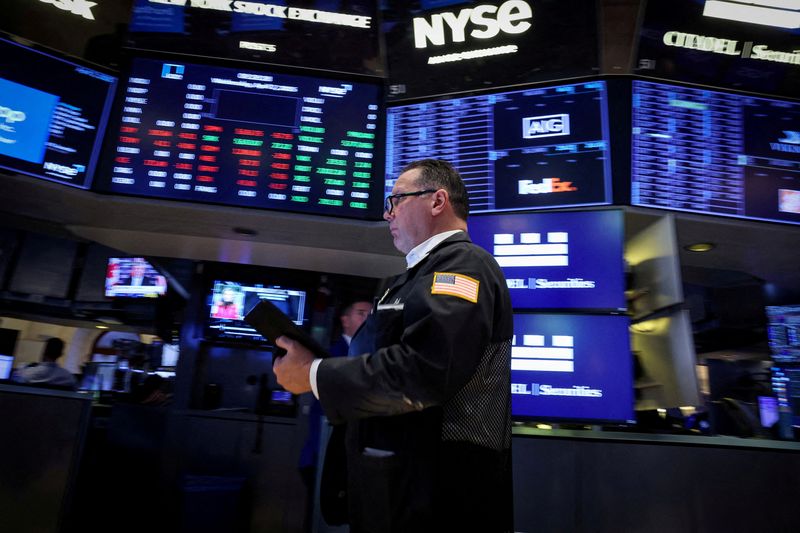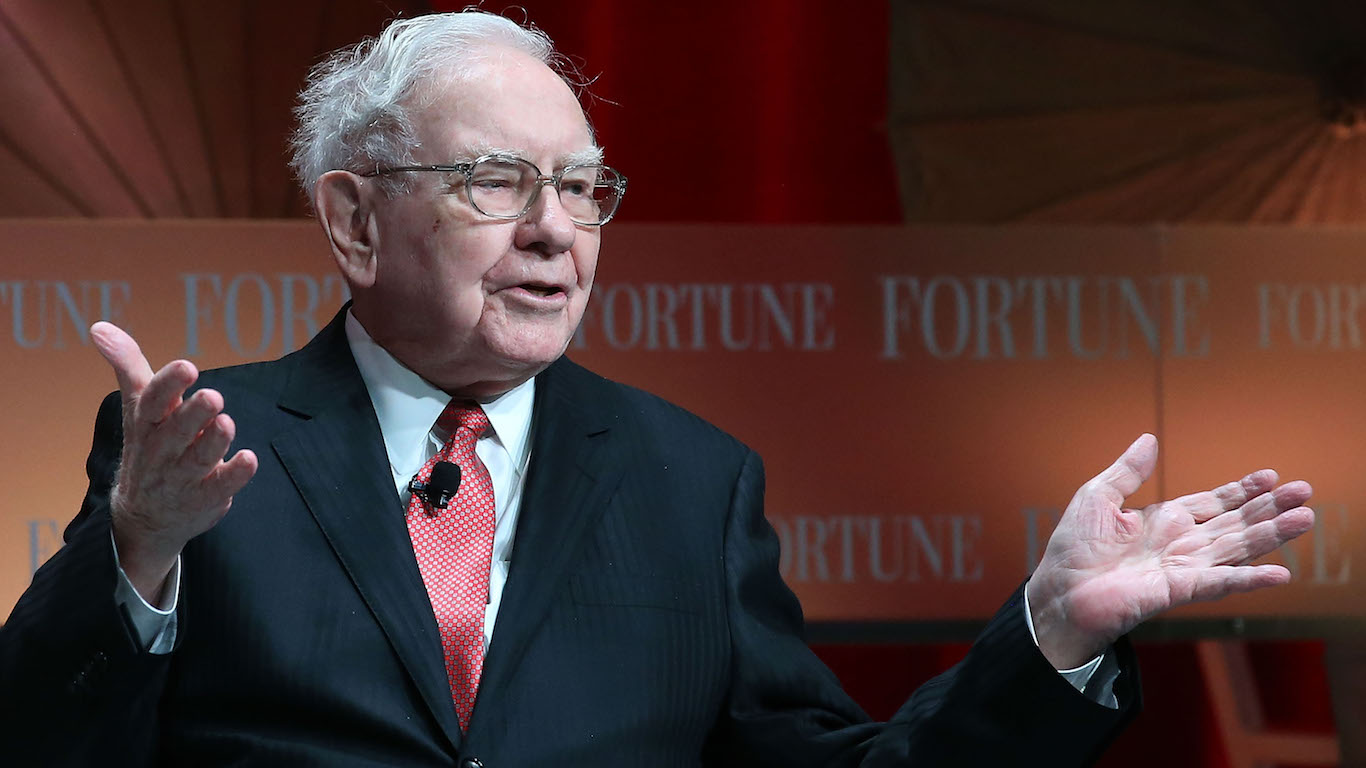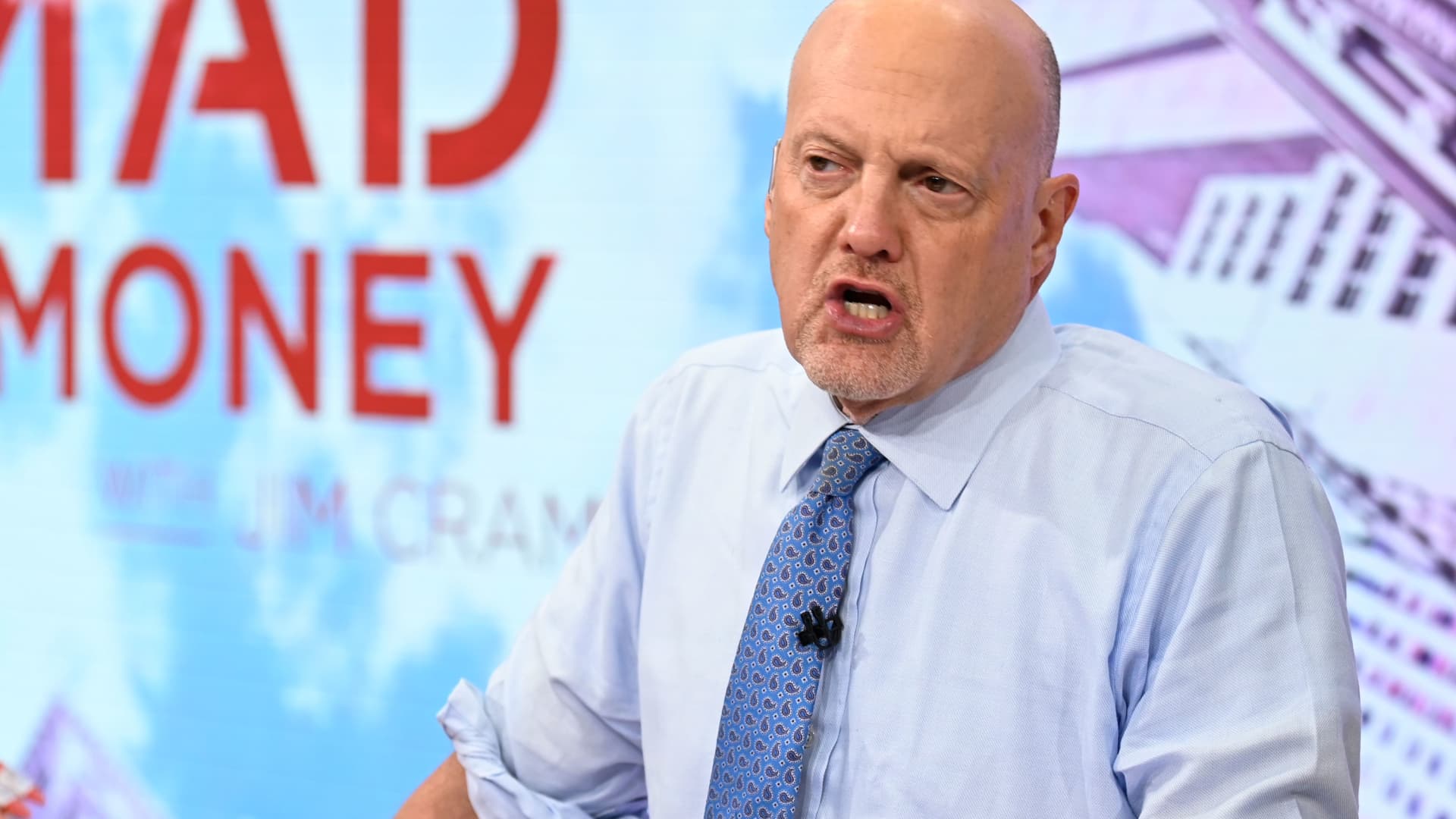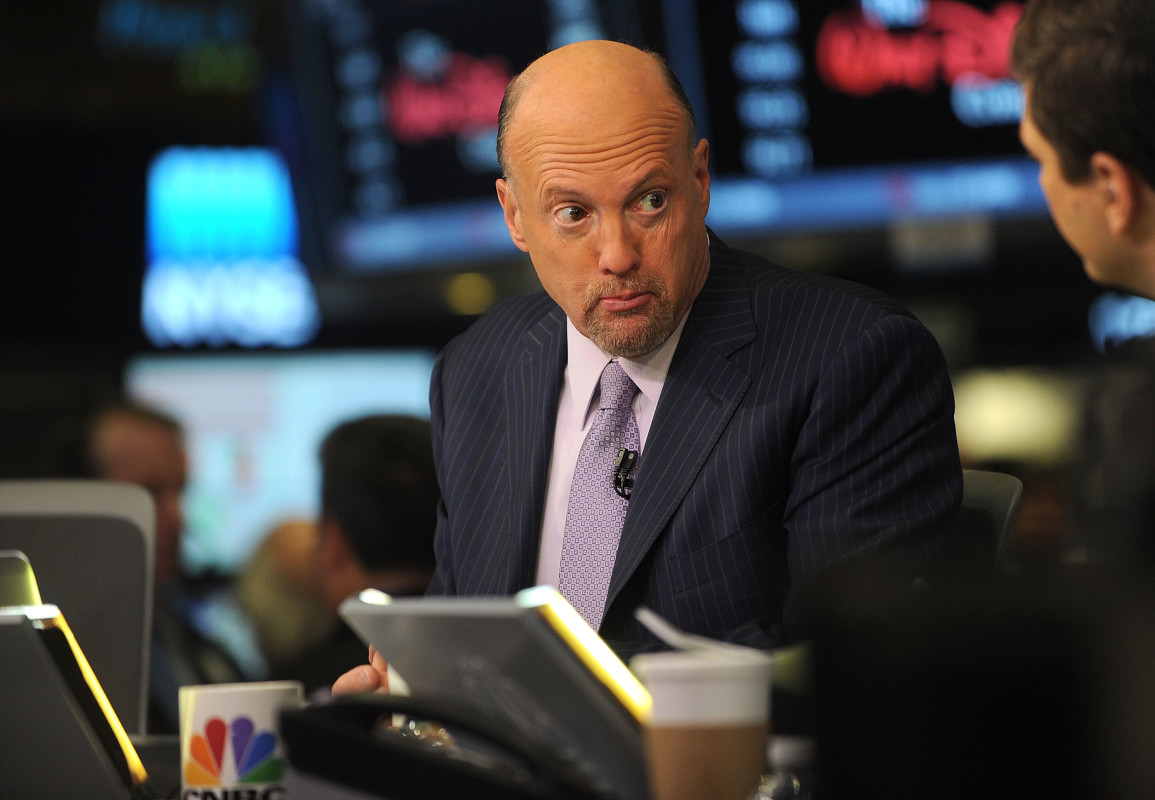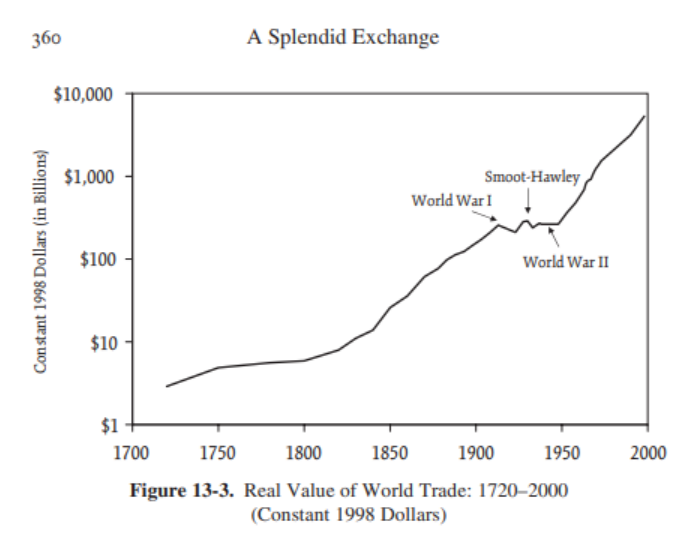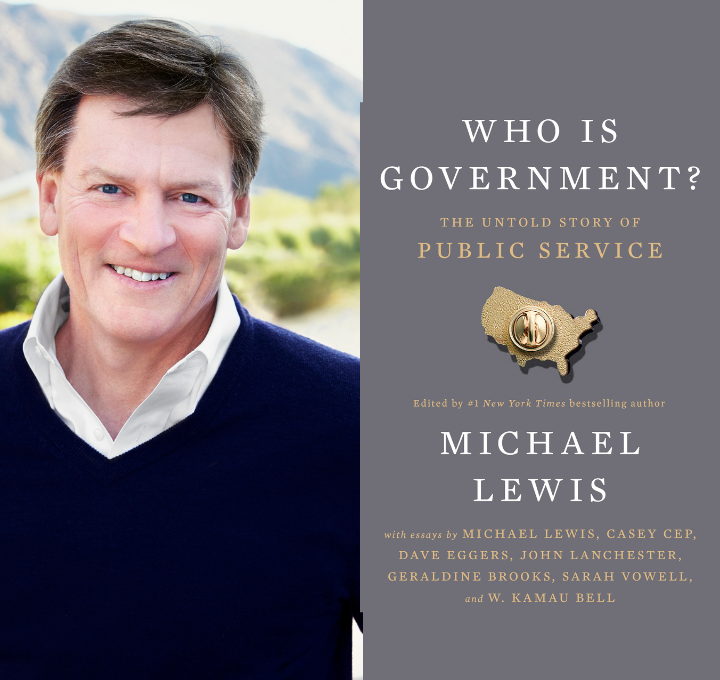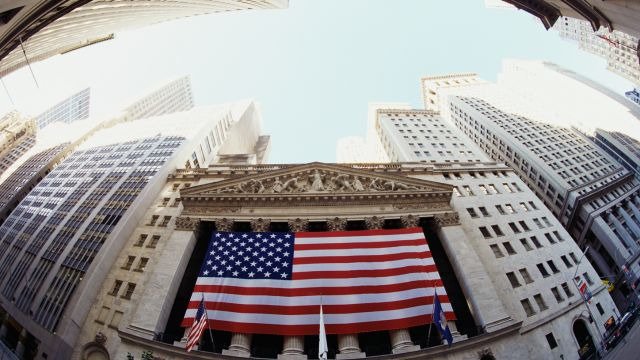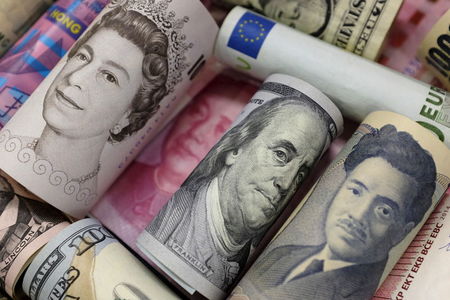5 strategies CEOs are using to navigate Trump tariff turbulence
President Donald Trump's tariff rollout has elicited a spectrum of responses from CEOs.

The recent rollout of tariffs by President Donald Trump has prompted a spectrum of strategic responses from U.S. CEOs, offering a window into how top executives lead through economic and political disruption. For aspiring leaders, these responses provide timely lessons in navigating volatility with both foresight and finesse.
1. Staying quiet, acting strategically. Many CEOs are choosing silence over soundbites, weighing the risks of political fallout against the need to address stakeholder concerns. While leaders like Disney’s Bob Iger have reportedly expressed private concern about the tariffs’ economic impact, most are opting for discretion. Wall Street, in particular, is aiming to preserve favorable ties with the White House, reflecting a calculated effort to manage relationships with the Trump administration while addressing stakeholder concerns behind the scenes.
2. Restructuring to reduce exposure. Operational agility is proving essential. General Motors is ramping up production of light-duty trucks at its Fort Wayne, Indiana plant, while Nissan is reversing earlier plans to scale back shifts at its Smyrna, Tennessee facility. The goal: increase U.S.-based output and reduce exposure to tariffs on imports from Japan and Mexico.
3. Choosing candor in communication. Some CEOs are choosing directness. RH (formerly Restoration Hardware) CEO Gary Friedman openly acknowledged the impact of tariffs during an earnings call, as the company’s stock cratered following the announcement. His candid reaction reflected a willingness to confront market realities head-on and in real-time.
4. Advocating through industry channels. Some business leaders are channeling their concerns through industry groups to address policy challenges collectively—and, yes, hide their hands. The U.S. Chamber of Commerce, for example, expressed opposition to the tariffs, citing potential harm to businesses, workers, and consumers. This approach allows leaders to advocate for change while insulating themselves from direct political backlash.
5. Cutting costs on non-essential products. To absorb rising costs without alienating customers, businesses are quietly adjusting product designs and packaging. Tactics include removing components like batteries, shrinking packaging, switching to lighter materials, or shifting more assembly to the consumer.
The takeaway: From reworking supply chains and adjusting communications to cost-cutting innovations and quiet advocacy, CEOs are demonstrating a range of leadership strategies under pressure. Their responses reflect not only the complexity of executive leadership but also the deep interconnection between business strategy and geopolitics.
Ruth Umoh
ruth.umoh@fortune.com
Today's newsletter was curated by Lily Mae Lazarus.
This story was originally featured on Fortune.com






